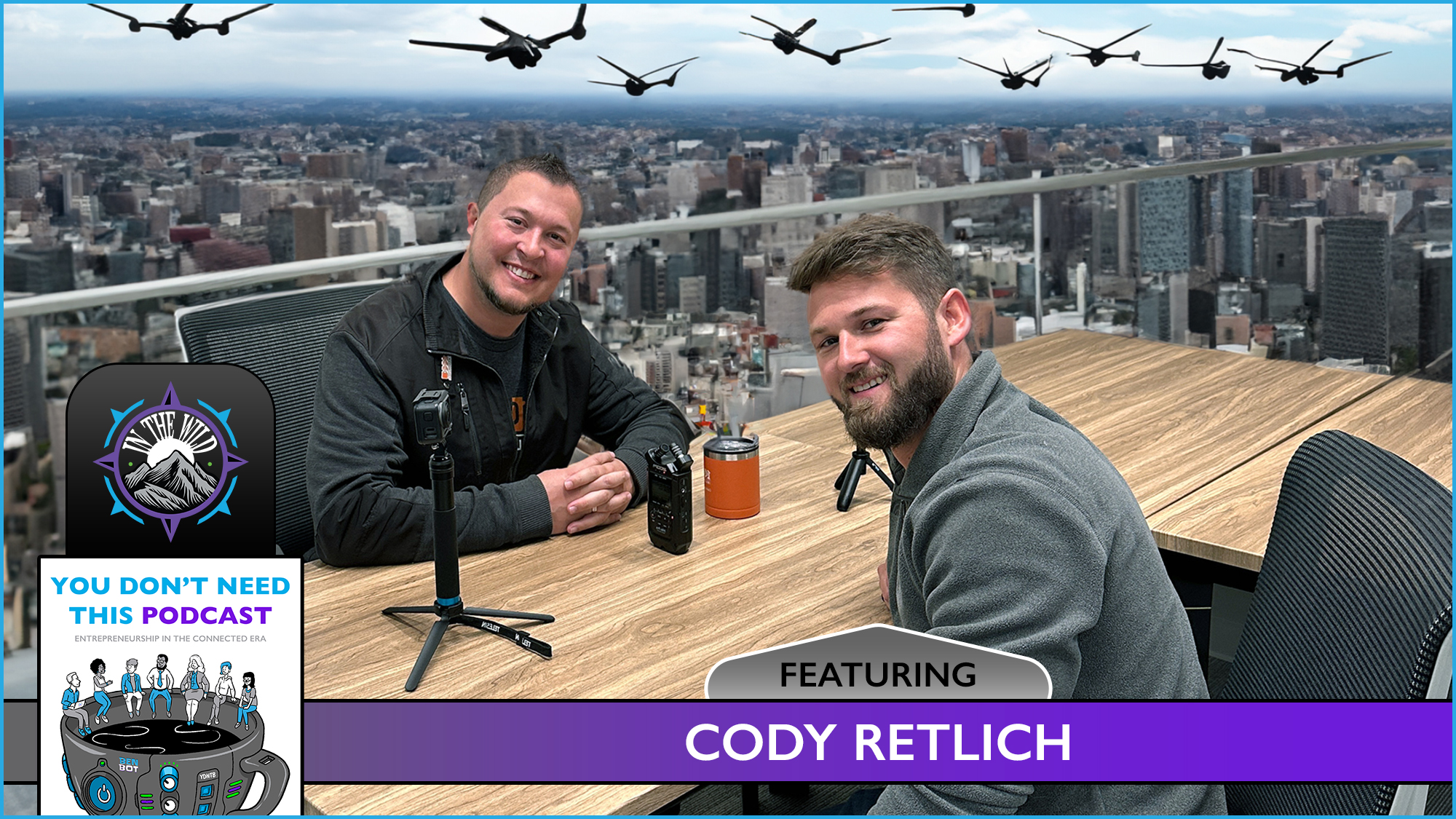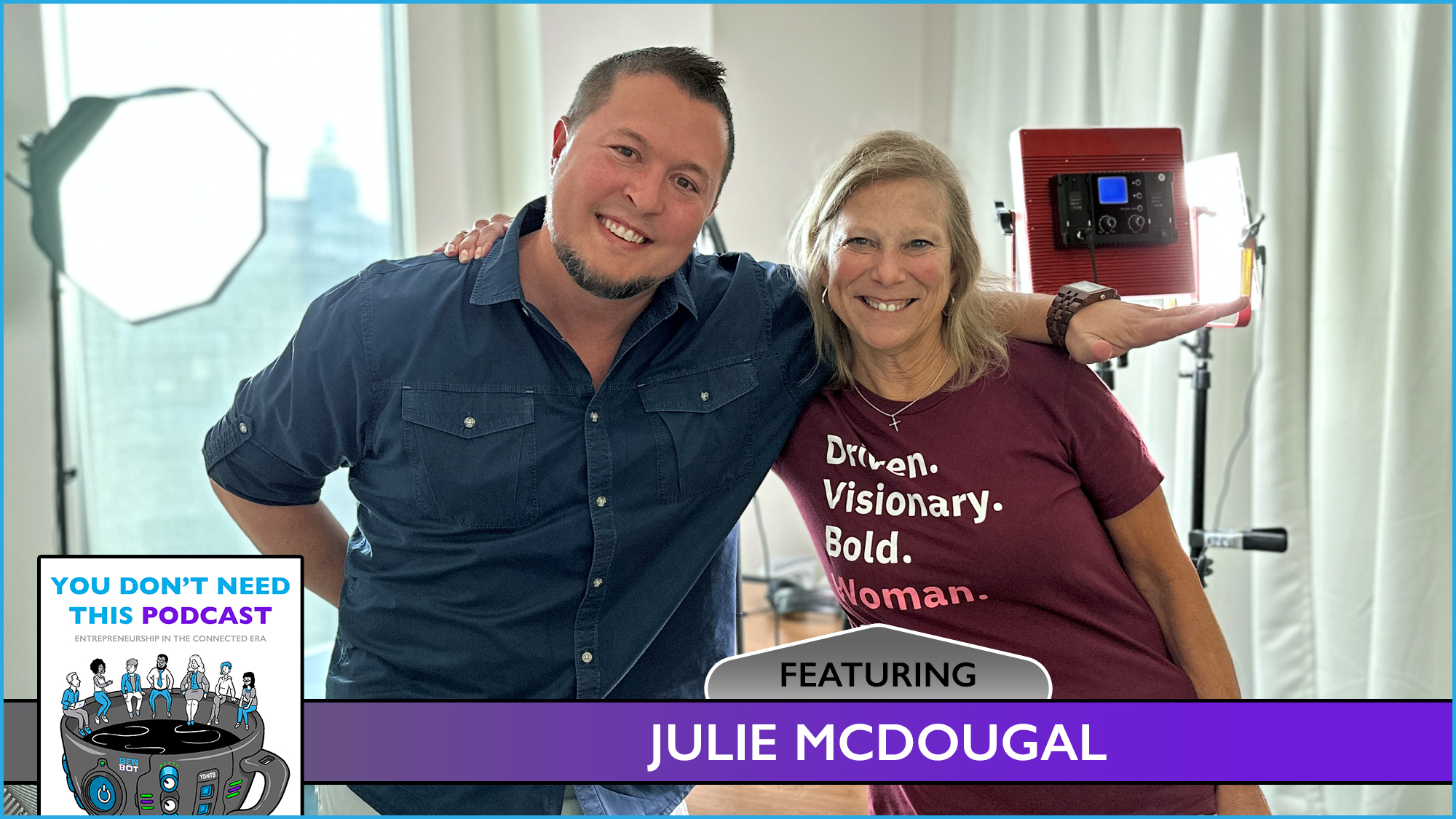 Cody Retlich is an alumni of the Techstars Iowa Accelerator (see Cody on-stage at #TSDemoDay in 2022) and this is the first of a new In The Wild category. Recorded after the launch of 1MC in Madison and Milwaukee, Cody and his Wisconsin-based team at DroneAdair, help drone pilots manage their business.
Cody Retlich is an alumni of the Techstars Iowa Accelerator (see Cody on-stage at #TSDemoDay in 2022) and this is the first of a new In The Wild category. Recorded after the launch of 1MC in Madison and Milwaukee, Cody and his Wisconsin-based team at DroneAdair, help drone pilots manage their business.
This leader knows what’s up when it comes to drone technology. Strap on your seat belt, as Ben and Cody elevate a conversation around content creation, exploring new industries, and activating beta testers as an entrepreneur. After the break, we fly by emerging drone technologies that will captivate your imagination and talk tactics as we all tell stories with photos and video.
BONUS CONTENT: Cody has also launched Legacy Liftoff, which is another cool podcast dedicated to drone technology and the pilots who create art from the air. Enjoy!
Enjoy this Episode
YDNTP on APPLE PODCASTS
YDNTP on SPOTIFY




 Cody Retlich
Cody Retlich